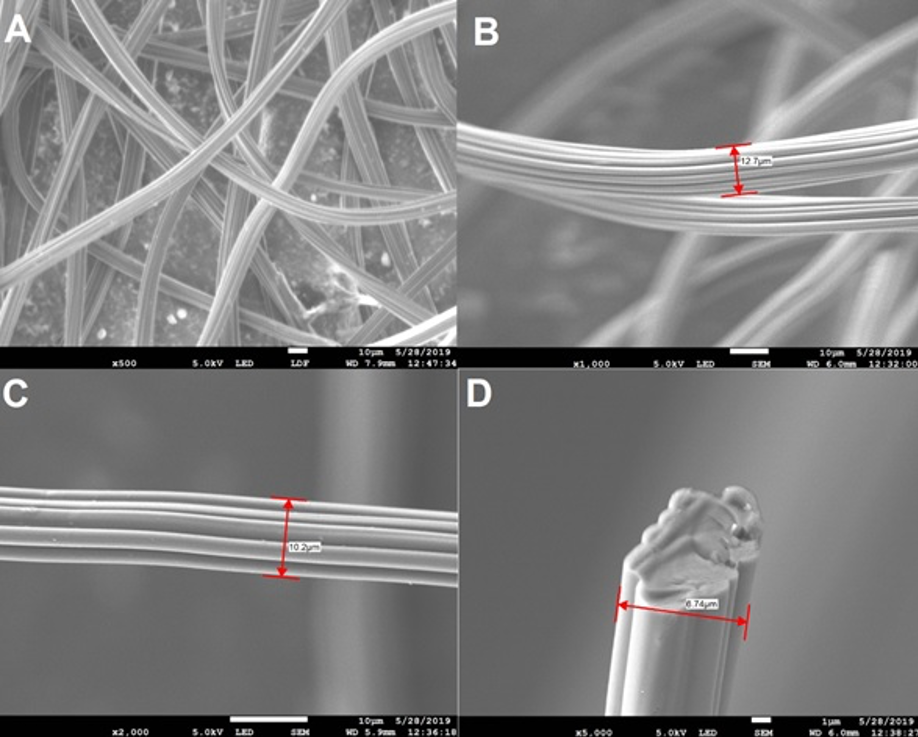 |
|
This work proposes reusing based acrylonitrile activated carbon fiber felt (ACFF) for the removal (adsorption) of a cationic dye (methylene blue, MB) from synthetic wastewater. After every removal process, ACFF was thermally treated (calcinated) for reuse. The surface morphology was characterized by high-resolution scanning electron microscopy (HRSEM), and Fourier transform infrared spectroscopy (FTIR) analysis helped to identify functional groups that allowed adsorption process. Batch experiments were carried out at 27 °C with a pH of 10. Results revealed that after calcination, the MB adsorbed turned to carbon deposits, which desorbed during others removal processes, this allowed reusing of ACFF for several adsorption cycles with no significant change in adsorption capacity. The adsorption data followed Langmuir isotherm with the kinetics of pseudo-first-order, which suggests that chemisorption was carried on for removal of MB. The novelty of this work focuses on reusing, through calcination of ACFF, which allows removal efficiency more than 99% up to ten cycles, whereby removal of methylene blue from wastewater by activated carbon fiber felt could be cheaper than other proposed methods.
Keywords: reuse, activated carbon fiber felt, removal, methylene blue, calcination.
|
|
 |

